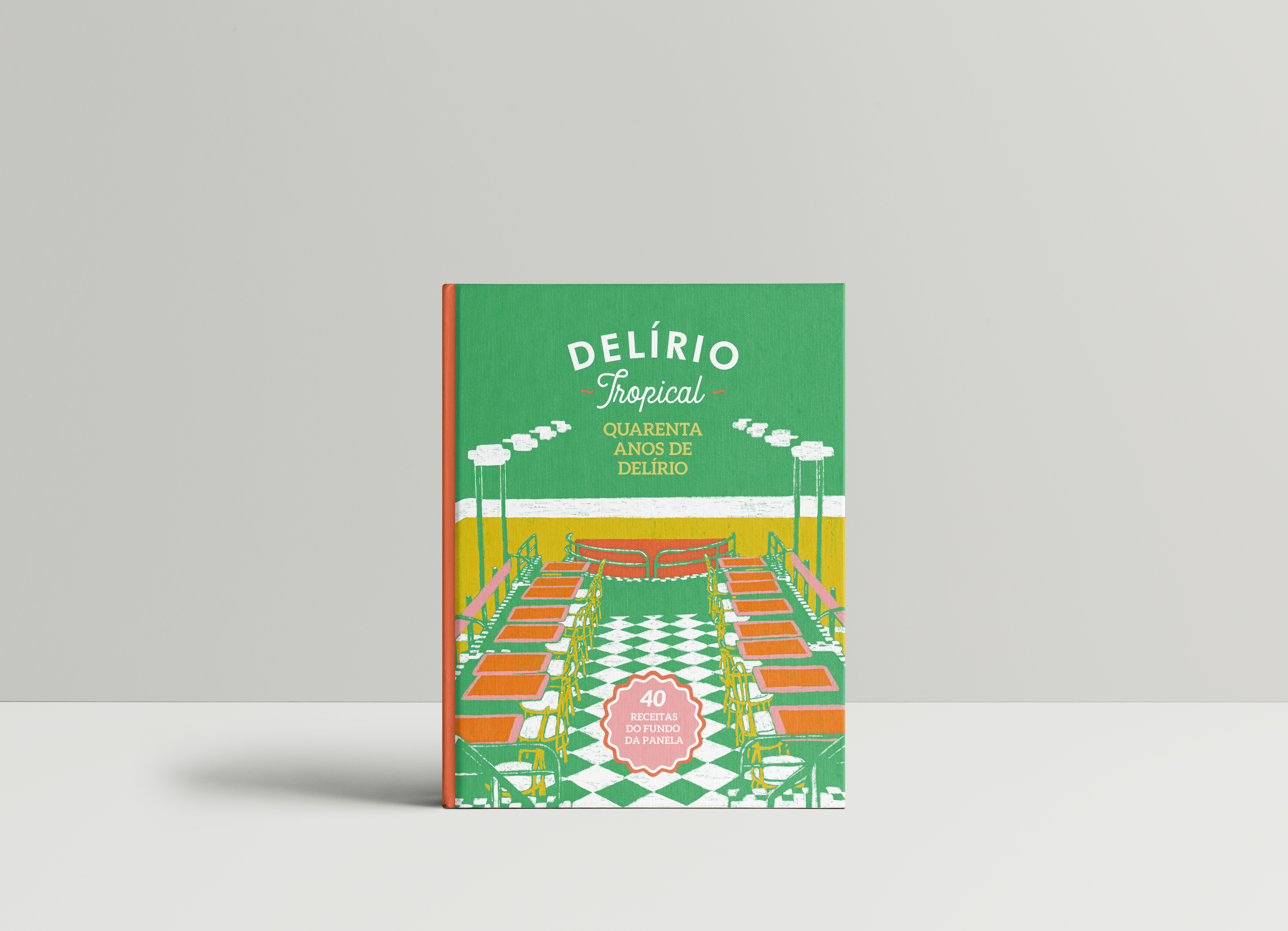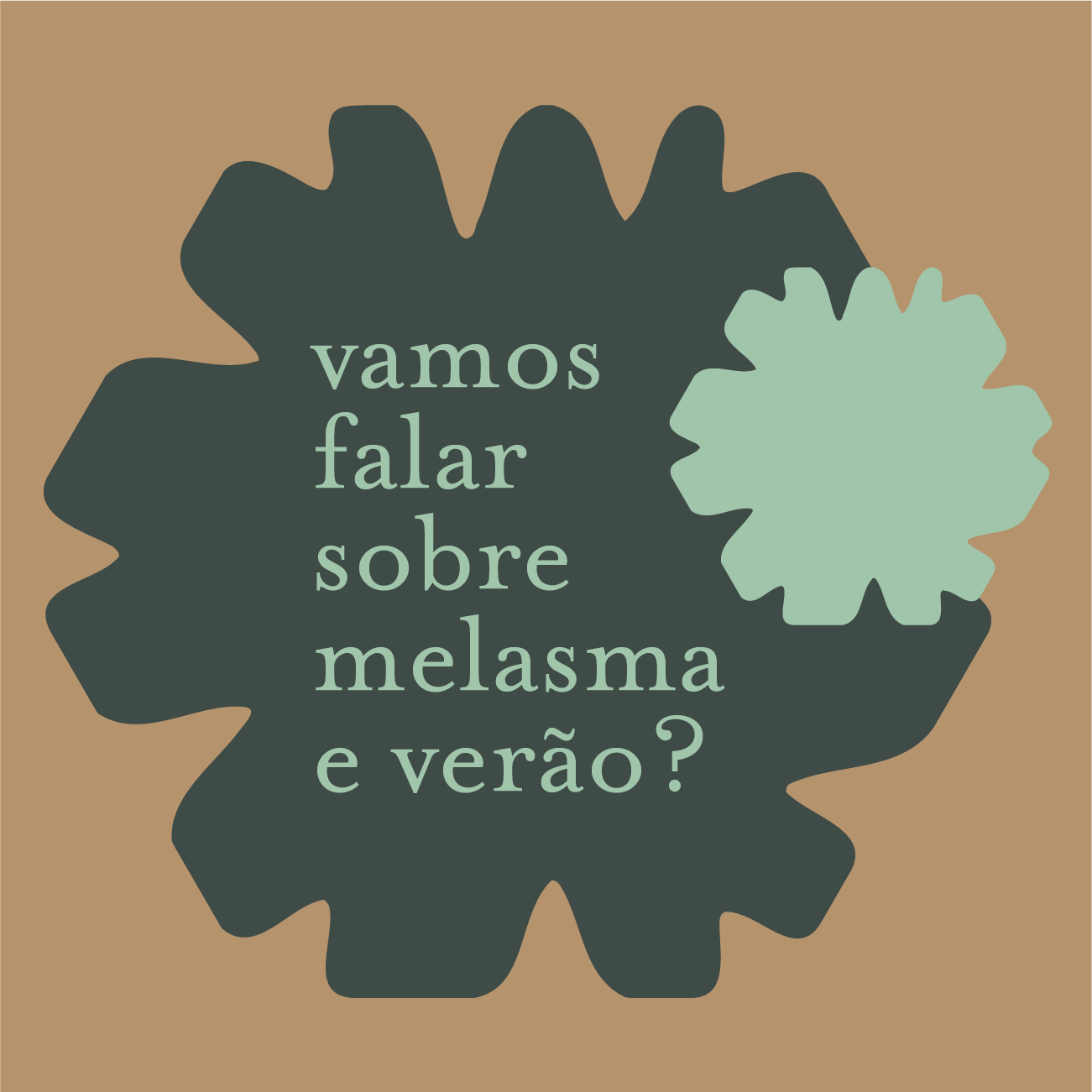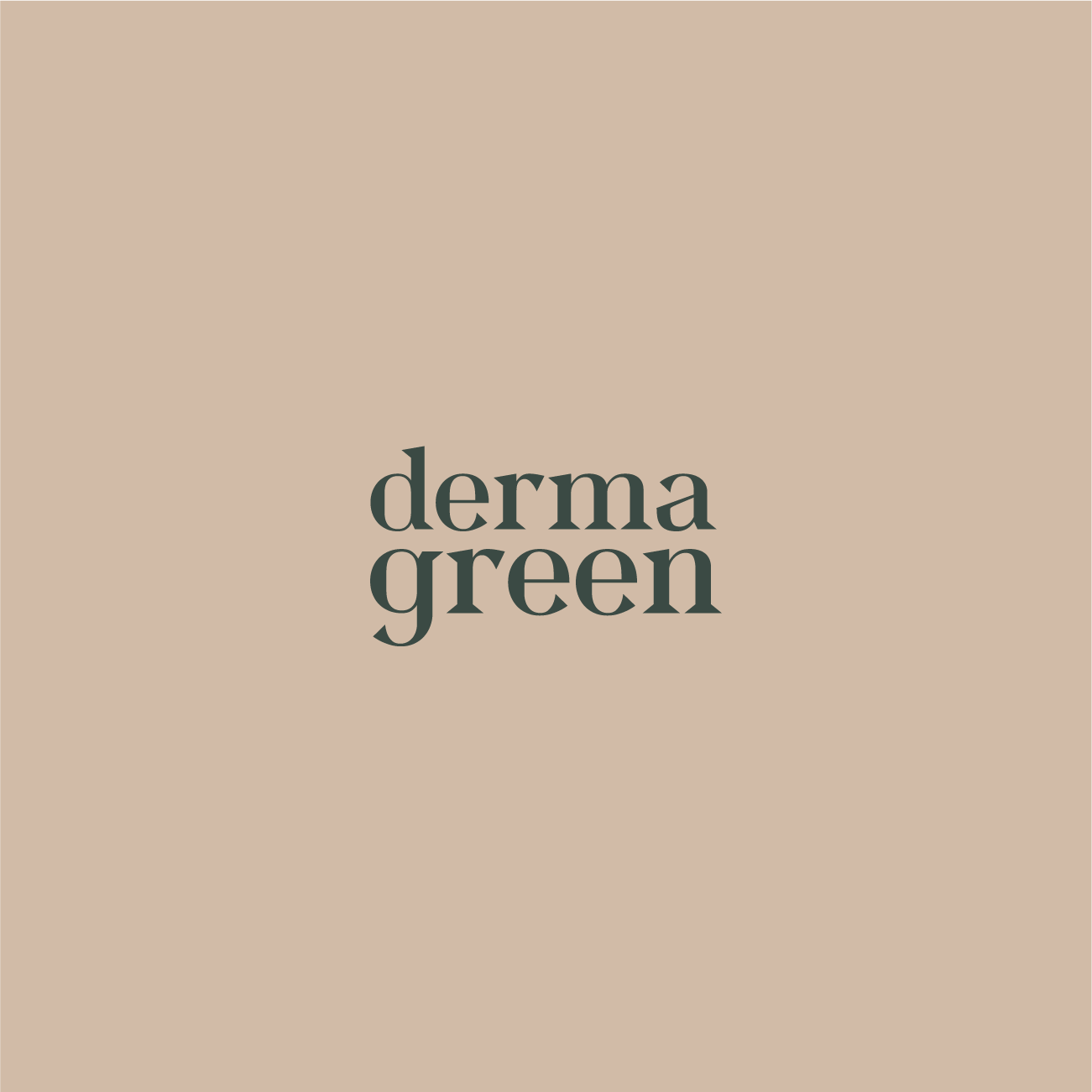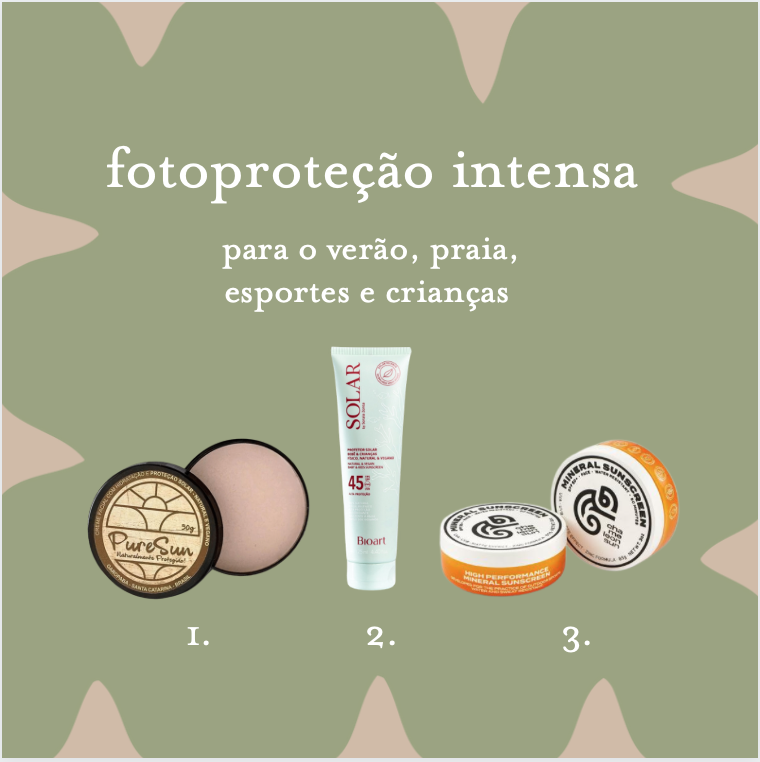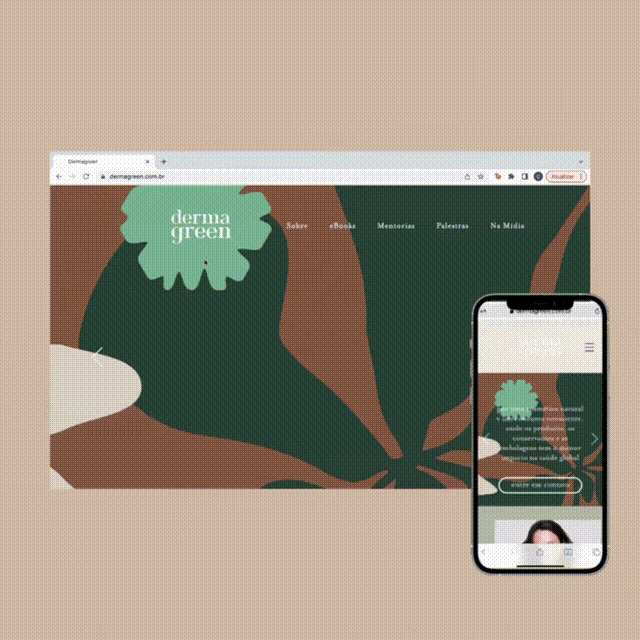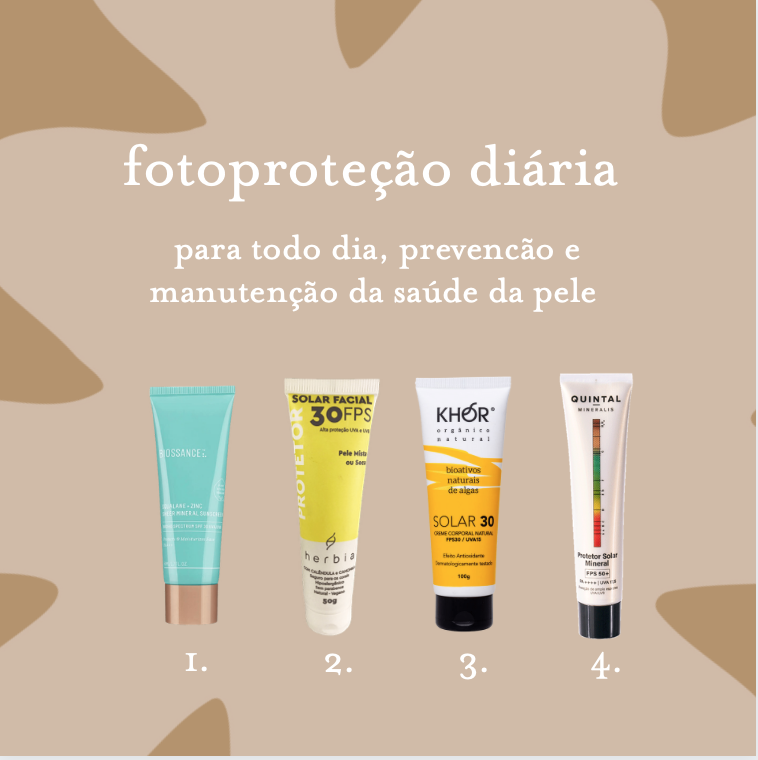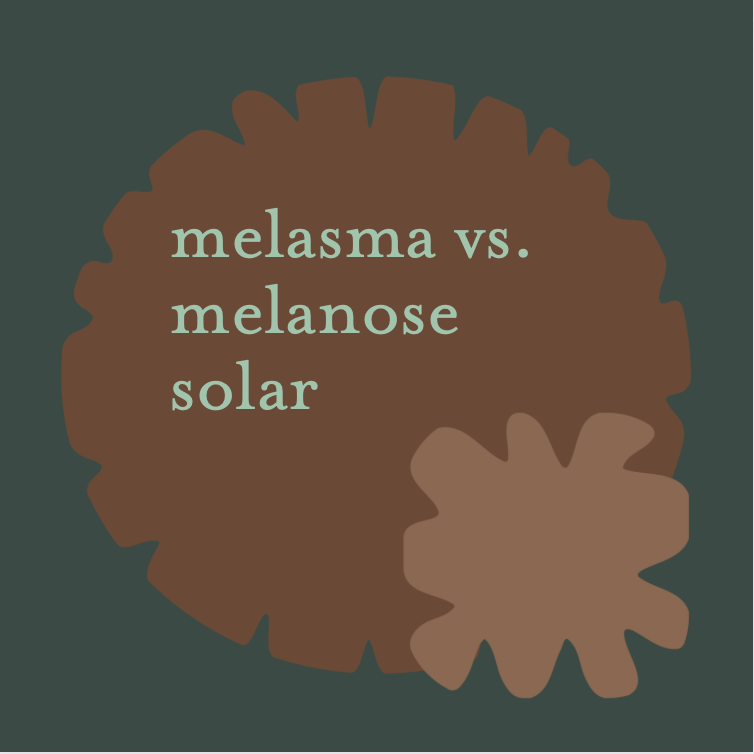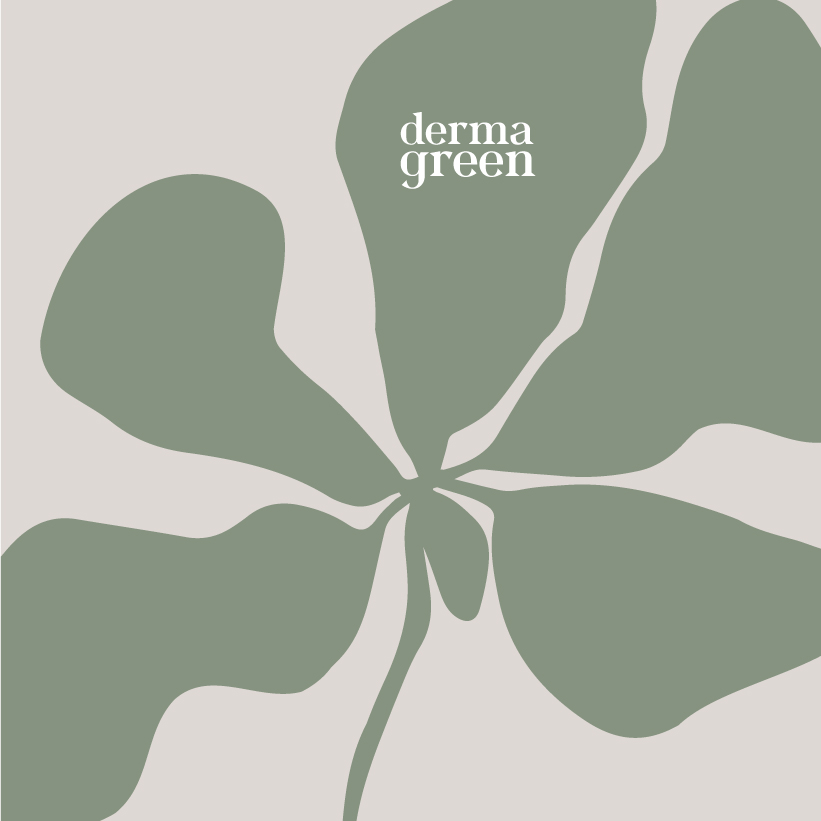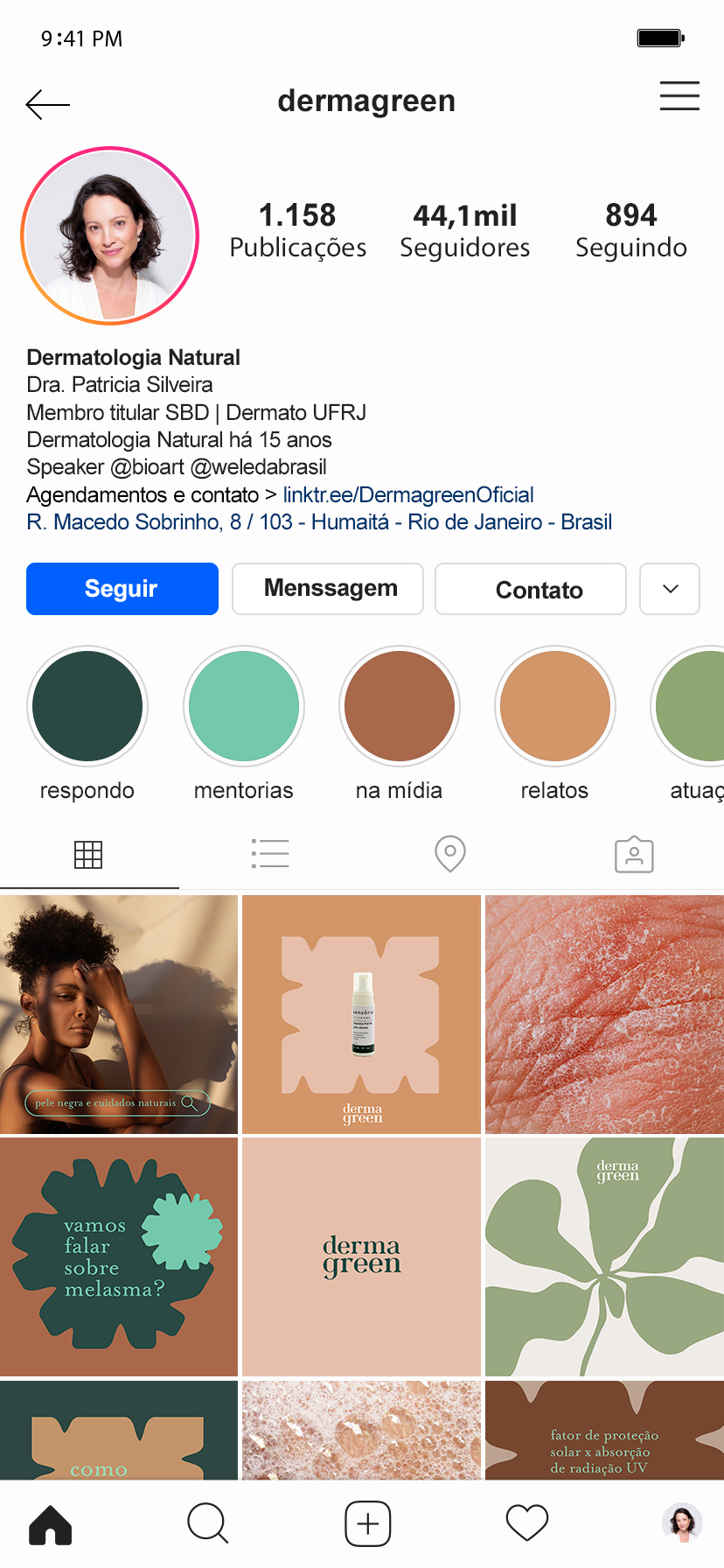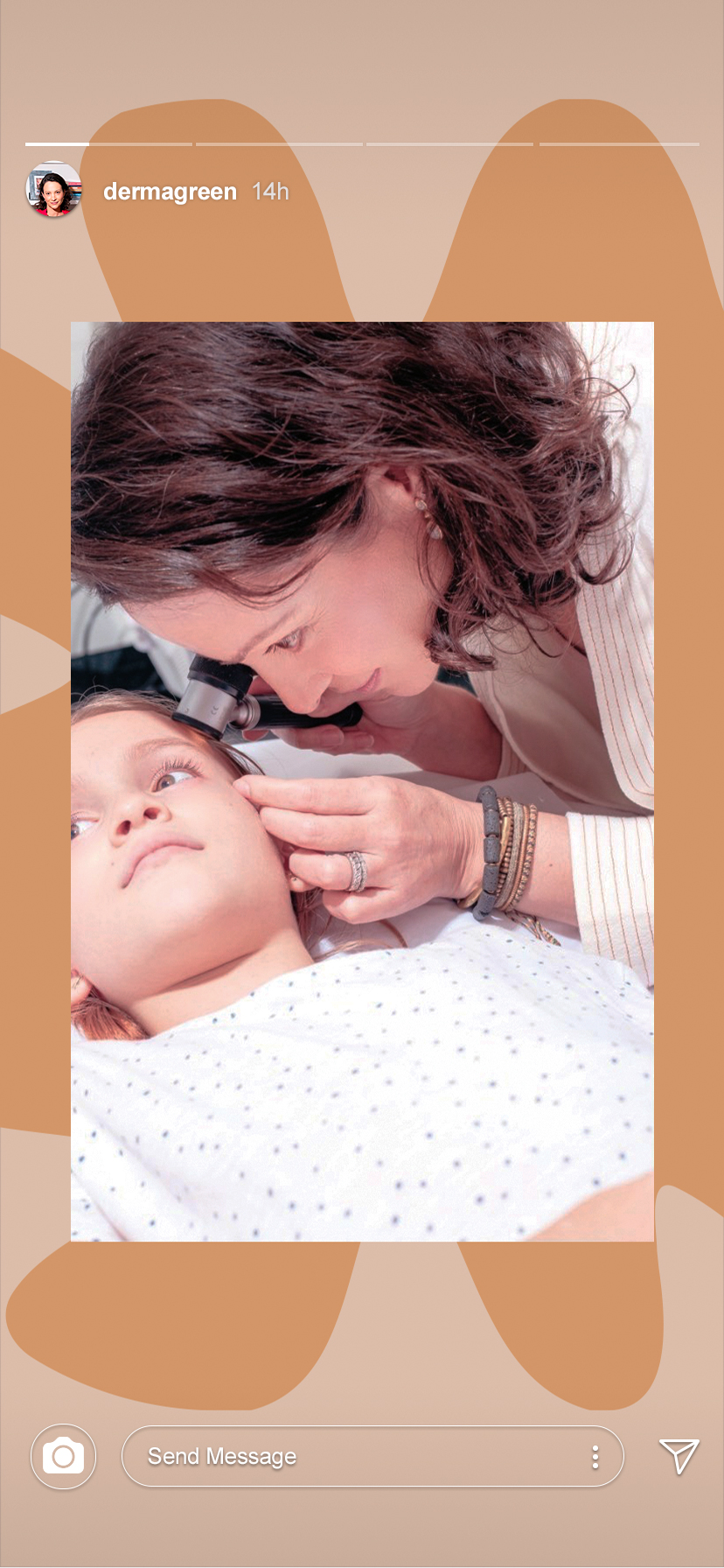à flor da pele
“A pele é o maior órgão do corpo humano e os cosméticos são seu alimento”. O projeto À Flor da Pele investiga e questiona o uso de cosméticos convencionais e os impactos na nossa saúde e no meio ambiente. Utilizando uma abordagem poética que enaltece a autonomia e a visão holística para cuidados com a pele, O livro À Flor da Pele compartilha a experiência de transição para os cosméticos seguros e naturais. O projeto apresenta os valores e conhecimentos do universo do “Slow Beauty”. É composto por um prólogo de poesias e fotografias que retratam momentos da transição e capítulos com conteúdo informativo. O livro divulga o movimento da beleza natural; o mercado atual de cosmetologia; o funcionamento da pele, seus sintomas e insumos; e rotinas de cuidados do dia-a-dia.
"The skin is the largest organ in the human body and cosmetics are its nutrients." The À Flor da Pele project investigates and questions the use of conventional cosmetics and their impacts to our health and the environment. With a poetic approach that enhances autonomy and a holistic vision of skin care, À Flor da Pele shares the transition to natural and safe cosmetics. The project presents the values and knowledge of the “Slow Beauty” universe. It consists of a prologue of poetry and photographs that portray moments of the transition and chapters with informative content. The book promotes the natural beauty movement; the current cosmetology market; the functioning of the skin, its symptoms and inputs; and day-to-day care routines.
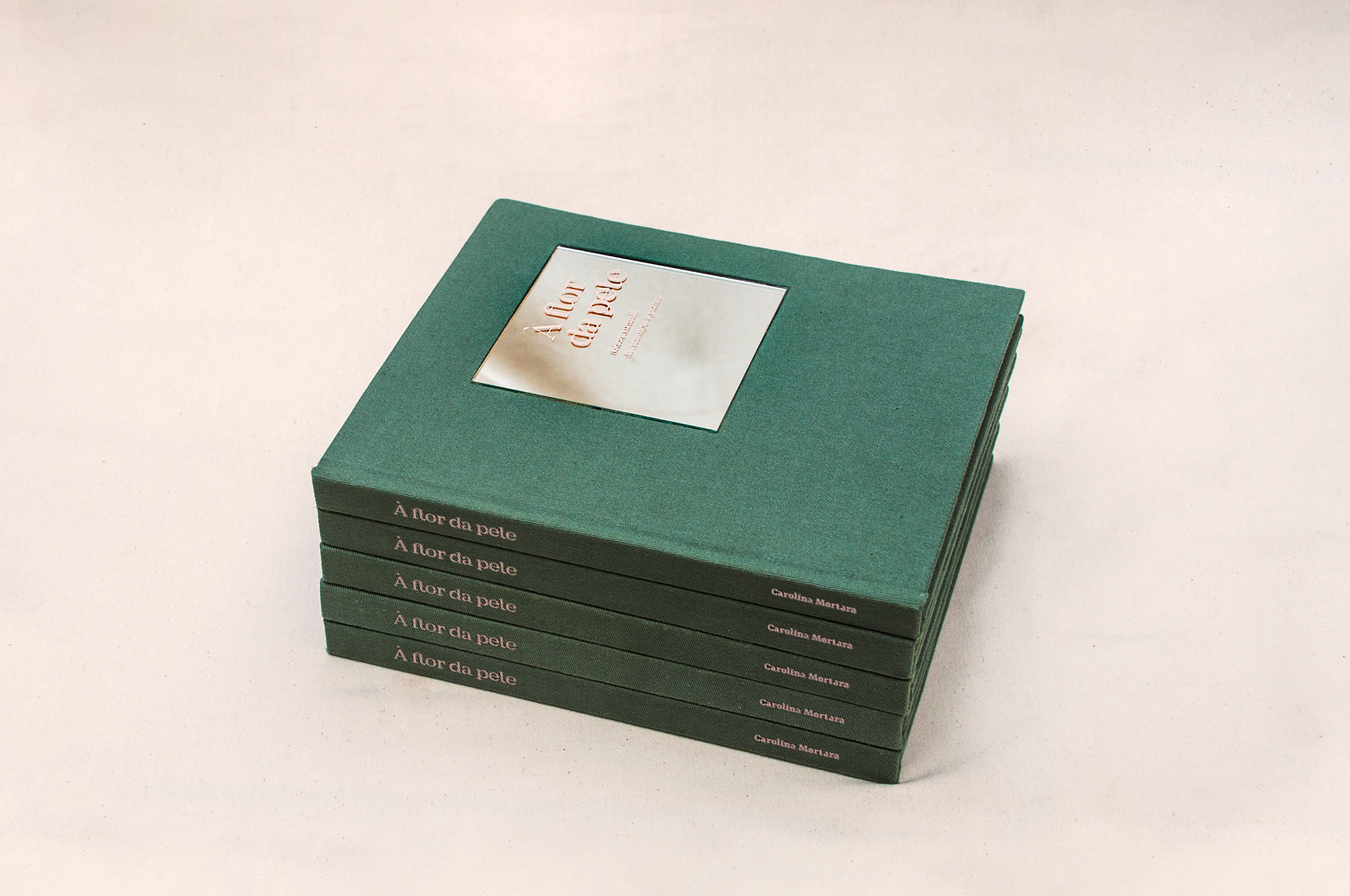


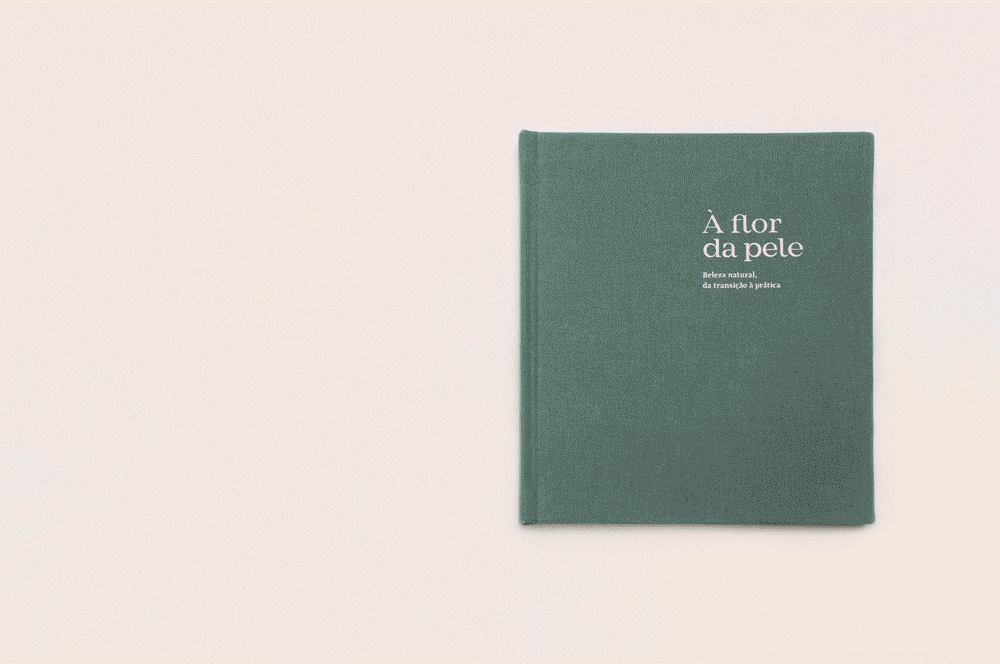


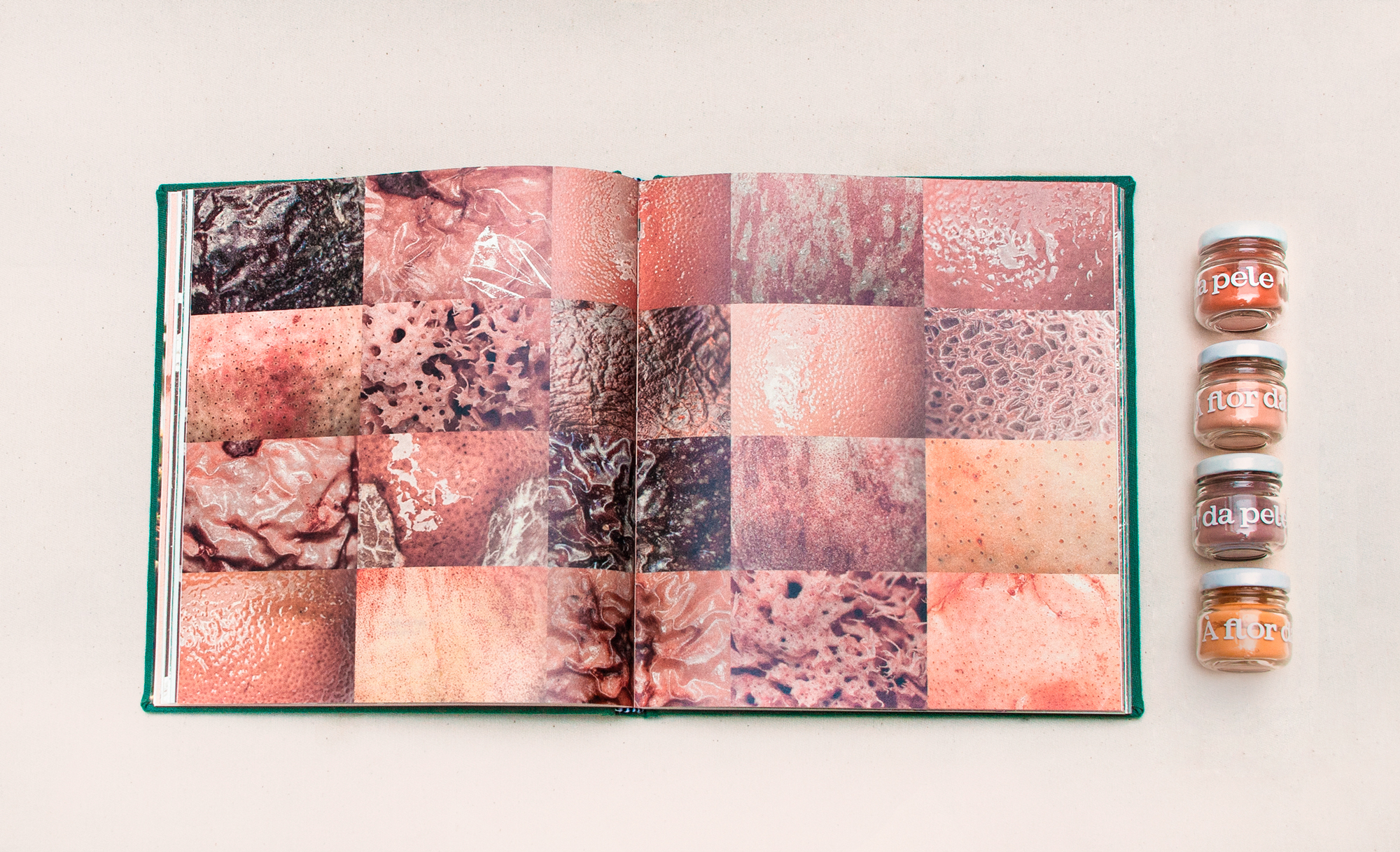


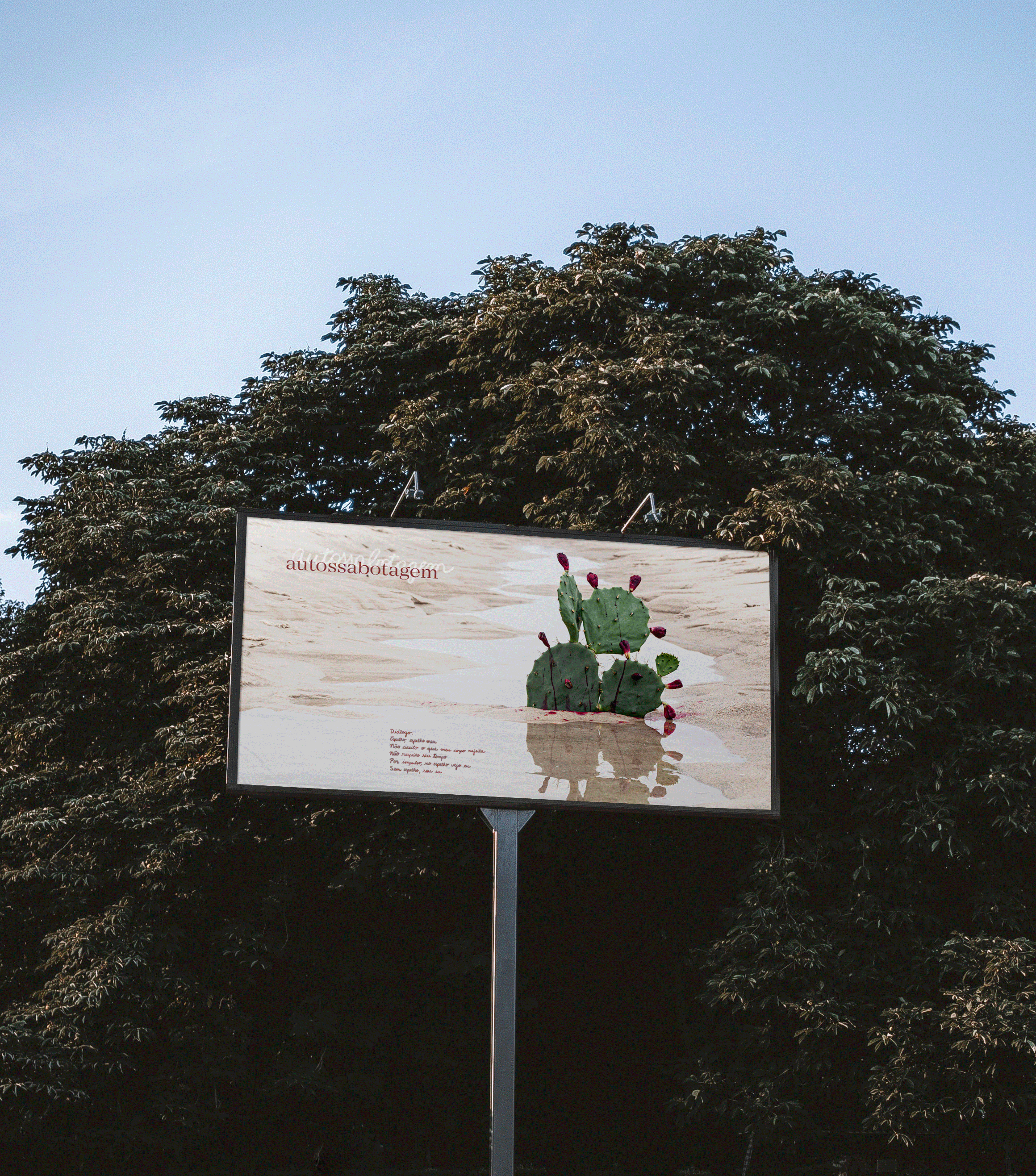






canibal gold
Master of Arts Material Futures, November, 2023. Tutors: Maël Hénaff, Agatha Haines.Indigenous peoples in Brazil have always played a fundamental role in the protection and preservation of natural resources and tropical forests, which are essential for environmental balance and maintenance.
The Yanomami have been victims of invasions and violence due to illegal mining in their territory. Rich in gold, the region’s soil has been exploited since the 1930s, but illegal exploration and mining have been happening for centuries. Currently, it is estimated
that 50% of the gold exported from Brazil is of illegal origin, deeply affecting these communities and local biodiversity.
During my research, I came across the work of Shaman Davi Kopenawa, author of “The Falling Sky,” a book that portrays the Yanomami people’s worldview. I was intrigued by the concept of cannibalism associated with mining exploration in the region.
Inspired by the Yanomami worldview, I collected key objects to represent the concept of “Canibal Gold”. By selecting an object displayed at the British Museum from the 16th century and current cellphone motherboards,
I sought to highlight the connection between illegally sourced gold and its devastating impact on indigenous communities and territories that harbor rich biodiversity and environmental significance.
Canibal Gold is a project aimed at exposing and protesting against illegal gold mining in the Yanomami territory, seeking to promote awareness and change in this neo-colonial relationship that has persisted for generations.
Academic project created at Material Futures masters program in 2023. Products of Ravage project.
Link for complete video of the project here.




dermagreen
Projeto de branding, identidade visual, site e redes sociais para Dra. Patricia Silveira conhecida como @dermagreen. Patricia é dermatologista formada pela UFRJ com trabalho focado em dermatologia natural, ela foi importante fonte de inspiração para a pesquisa do projeto "à flor da pele" realizado em 2018.
fotografia: Priscila Jammal
Branding project, visual identity, website and social networks for Dr. Patricia Silveira known as @dermagreen. Patricia is a dermatologist graduated from UFRJ with work focused on natural dermatology.
photography: Priscila Jammal
see web site ︎
transparências urbanas
Este livro foi criado a partir de fotografias urbanas que retratam estruturas arquitetônicas cariocas com transparências em sua construção. O projeto apresenta meu olhar sobre esses espaços, convidando o usuário a intervir neles. Desde pequena, tenho o hábito de pedir para amigos e familiares deixarem marcas nos vidros de minhas janelas. Com o livro, perpetuo essa prática de forma móvel e crio a possibilidade de trocar ideias com os usuários.
Orientação: Gilberto Mendes
Orientação: Gilberto Mendes
This book was created from urban photographs that portray Rio de Janeiro’s architectural structures with transparencies in their construction. The project presents my look on these spaces, inviting the user to intervene in them. Since I was little, I have had the habit of asking friends and family to leave their signs on my glass windows. With the book, I perpetuate this practice in a portable format and create the possibility of exchanging ideas with users.
Supervision: Gilberto Mendes
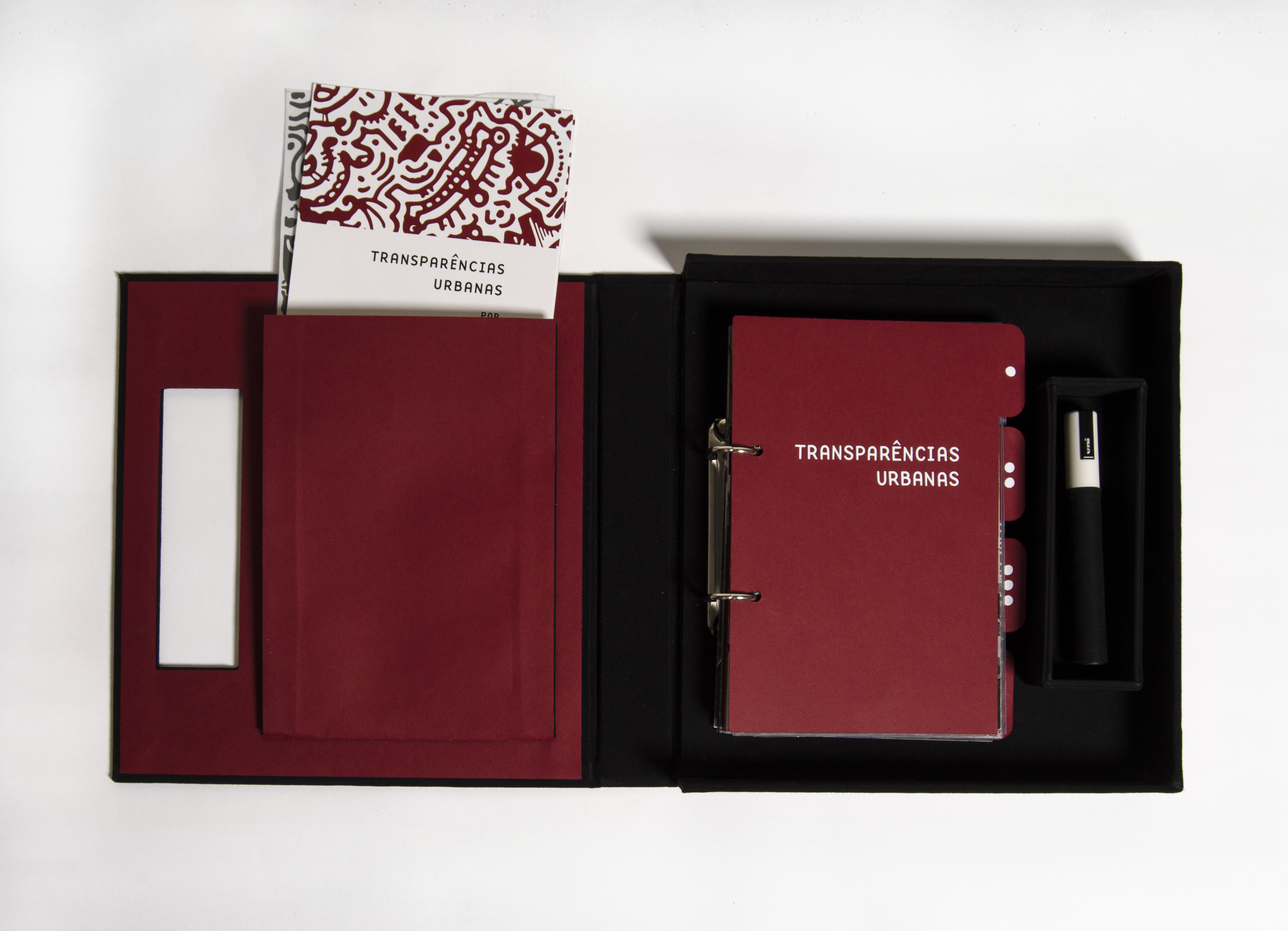
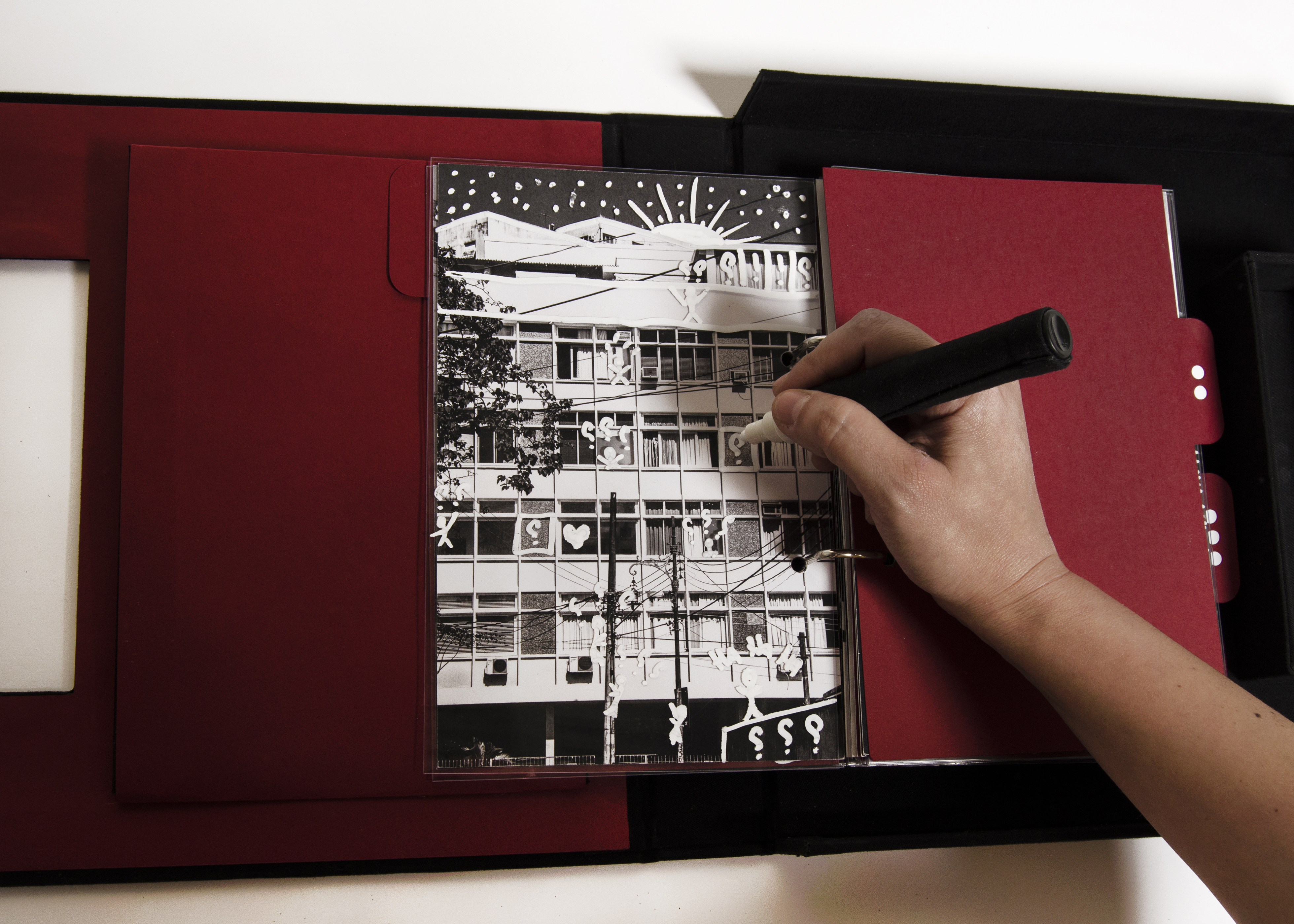
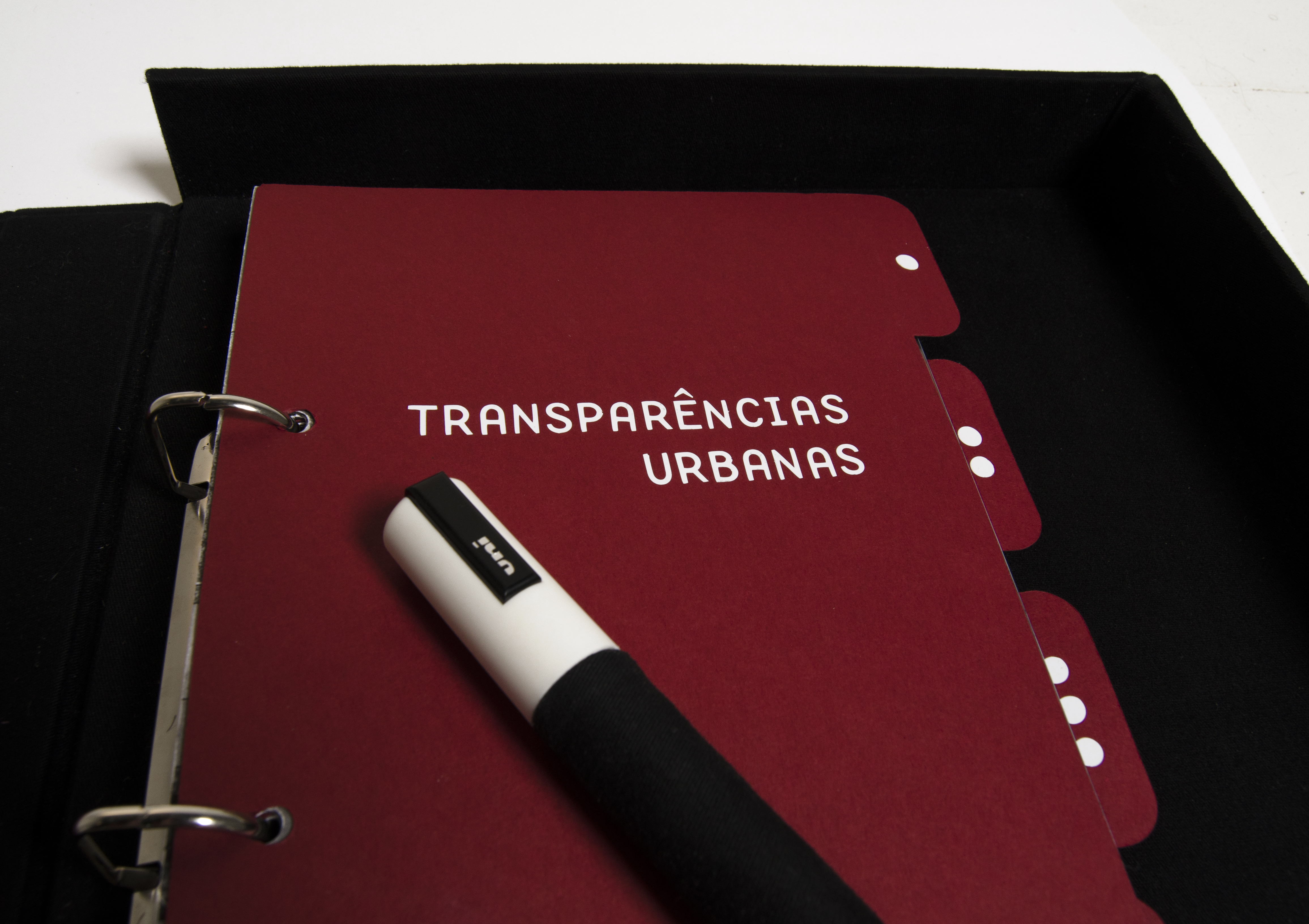





Quarenta Anos de Delírio
em breve.
